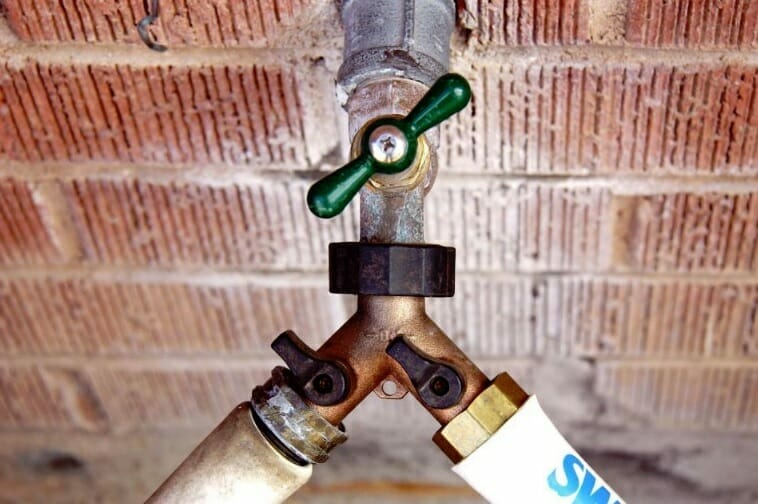When you’re in your home, it’s not unusual to hear certain noises at certain times of the day. But, if you start to hear unusual noises coming from somewhere in your plumbing, it can be disconcerting. After all, we all rely on our plumbing pipes and fixtures every day and if they start to make noises what does it mean? In this article, we will look at three common plumbing noises and what they may mean.
Before You Begin
When you want to diagnose plumbing problem noises, there are two things that you will need to know. First, you will need to identify where the sound is coming from and second the type of noise that it’s making.
- Plumbing Pipe Banging Noises
If you notice a banging noise coming from your pipes when you’re using a faucet or taking a shower, there are two possible causes.
The first is a water hammer; this occurs when water is moving through your pipes with considerable force, and then it comes to a sudden stop. The plumbing pipes are actually flexing to absorb the force of the water traveling through them, and they knock against nearby surfaces making the banging noise. A water hammer arrestor can be installed to absorb these forces and get rid of the noise.
The second possibility is that the plumbing pipes are not securely held in place. Every pipe should be well secured to a wall surface with an appropriate fixture. If the plumbing pipes are loose, they can rattle and bang as water passes through them.
- Water Heater Rumbling Noises
The water heater could generate a rumbling noise when it’s in use. The is typically caused by a buildup of sediment that has accumulated in the bottom of your water heater. The water is getting trapped in and around the sediment and boiling there. This will cause the water heater to be less efficient, and it’s a waste of money. A
local certified plumber will be able to fix the issue or replace the water heater if necessary.
- Strange Toilet Noises
If you notice a strange sound coming from or around the toilet area, there could be a couple of possible causes.
Firstly, there may be a whistling sound emanating from the connected pipes, and this sound may come and go over time. This probably means that one of your toilets has a fill valve that has developed a slow leak. Go through your home, remove each toilet lid and make a minor adjustment to each toilet fill valve until the sound stops.
Secondly, you may notice that when you flush the toilet, there is an accompanying vibration in the wall. This could also be a toilet fill valve issue, but it’s a little more complicated to fix. If the toilet fill valve goes bad, it can become dry and brittle. The valve will bounce and rattle when flushing occurs, and this sends a vibration down the pipe. Open the toilet tank, lift up the fill valve and see if the noisy vibrations stop. If the problem persists, the fill valve needs to be replaced with a new unit.
By Giovanni Longo President Flood Brothers Plumbing
Giovanni Longo is a 3rd generation master plumber who has been practicing his craft and trade in the greater Los Angeles area for well over a decade and a half. A plumbing and hydraulics-engineering innovator, Giovanni’s particular world-class expertise focuses on dealing with challenging sewer system designs as well as resolving complex commercial and residential draining issues. As a certified Flood Mitigation expert, he is also well versed in a wide variety of water damage and remediation solution.





